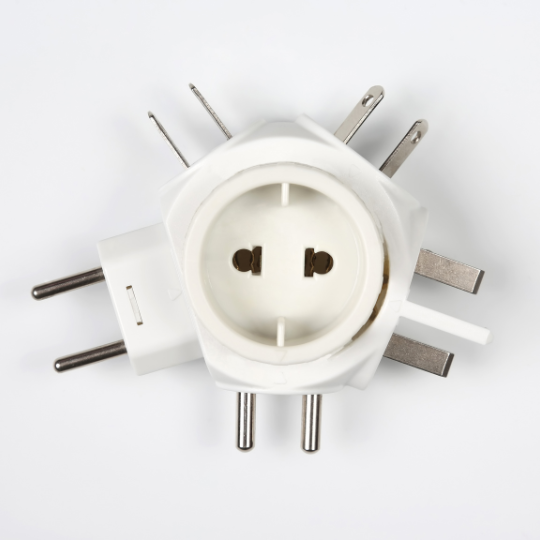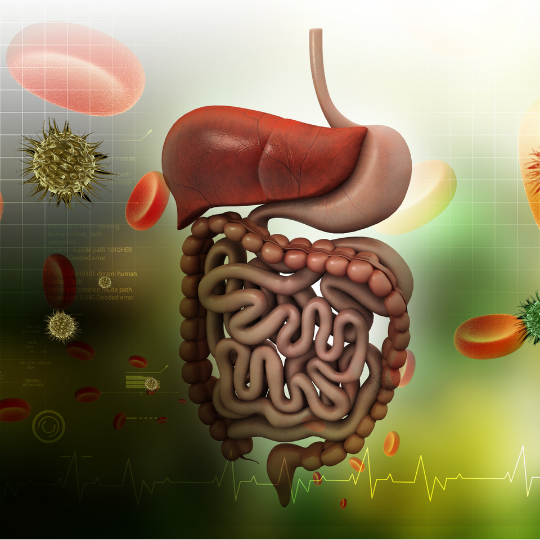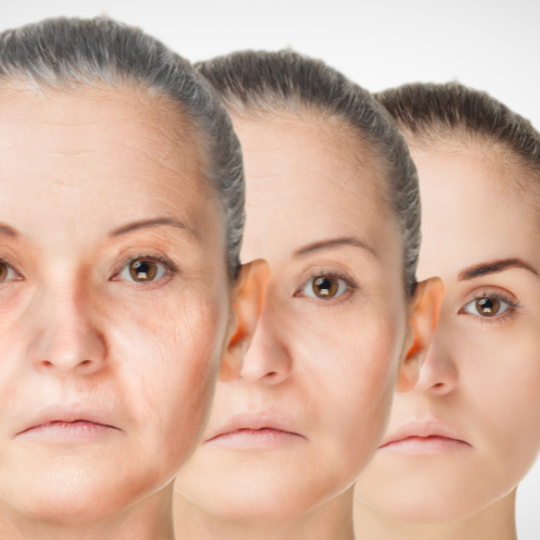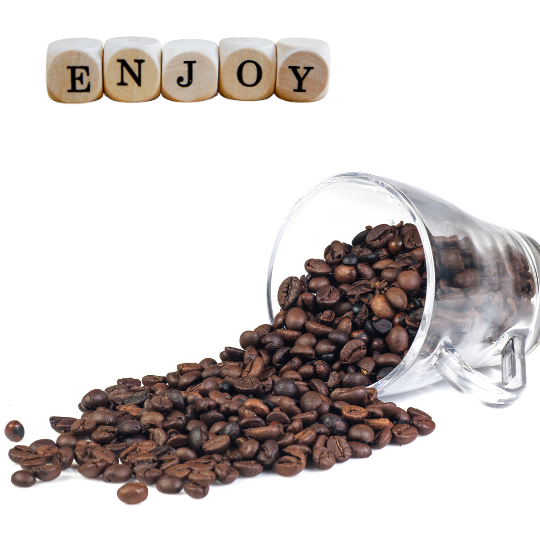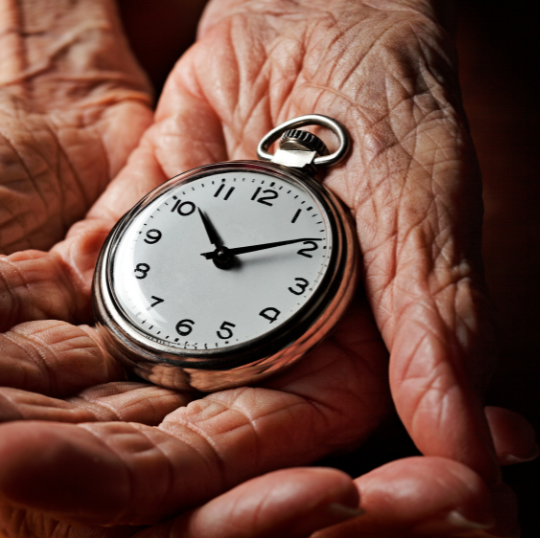If you are someone with an increased appetite or like snacking, you probably wondered what kind of foods to eat to feel full without having to snack all the time between your meals and ending up with a weight gain problem.
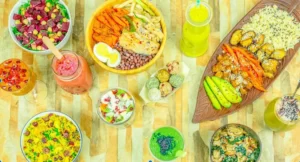
Satiation VS Satiety: Appetite Control
What you should get familiar with in order to be able to better control your appetite are the following two concepts: satiation and satiety. These are key in regulating energy intake.
Satiation and satiety are central concepts in the understanding of appetite control and both have to do with the inhibition of eating.
- Satiation refers to the end of the desire to eat after a meal, and this can occur at any time after the onset of eating. Governed by hormones and stretch receptors in the stomach, satiation signals the brain the meal is over.
- Satiety, on the other hand, is a physical feeling of fullness that allows us to stop eating for a while and prevents further eating, before the return of hunger.
Satiating Foods VS Snacking
Some of the foods that score the highest in satiation and satiety usually contain:
- proteins (some research points out that increasing protein intake can decrease appetite and reduce levels of ghrelin, the hormone that stimulates hunger)
- fibre (especially pectin found in high amounts in berries, which is a fibre that slows down stomach emptying and also has a host of pleiotropic effects)
- low energy dense foods (foods with high amount of protein but low fat).
The following are a few foods that may help you decrease appetite, avoid snacking and achieve dietary homeostasis through satiation and satiety: oats, fish, berries, eggs, vegetables, kefir and pulses.
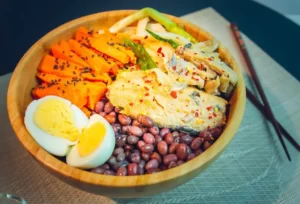
At NutriFix we design recipes by using the above principles of nutrition to enhance the feeling of satiation and satiety and make sure you get a delicious and fulfilling meal each time.



